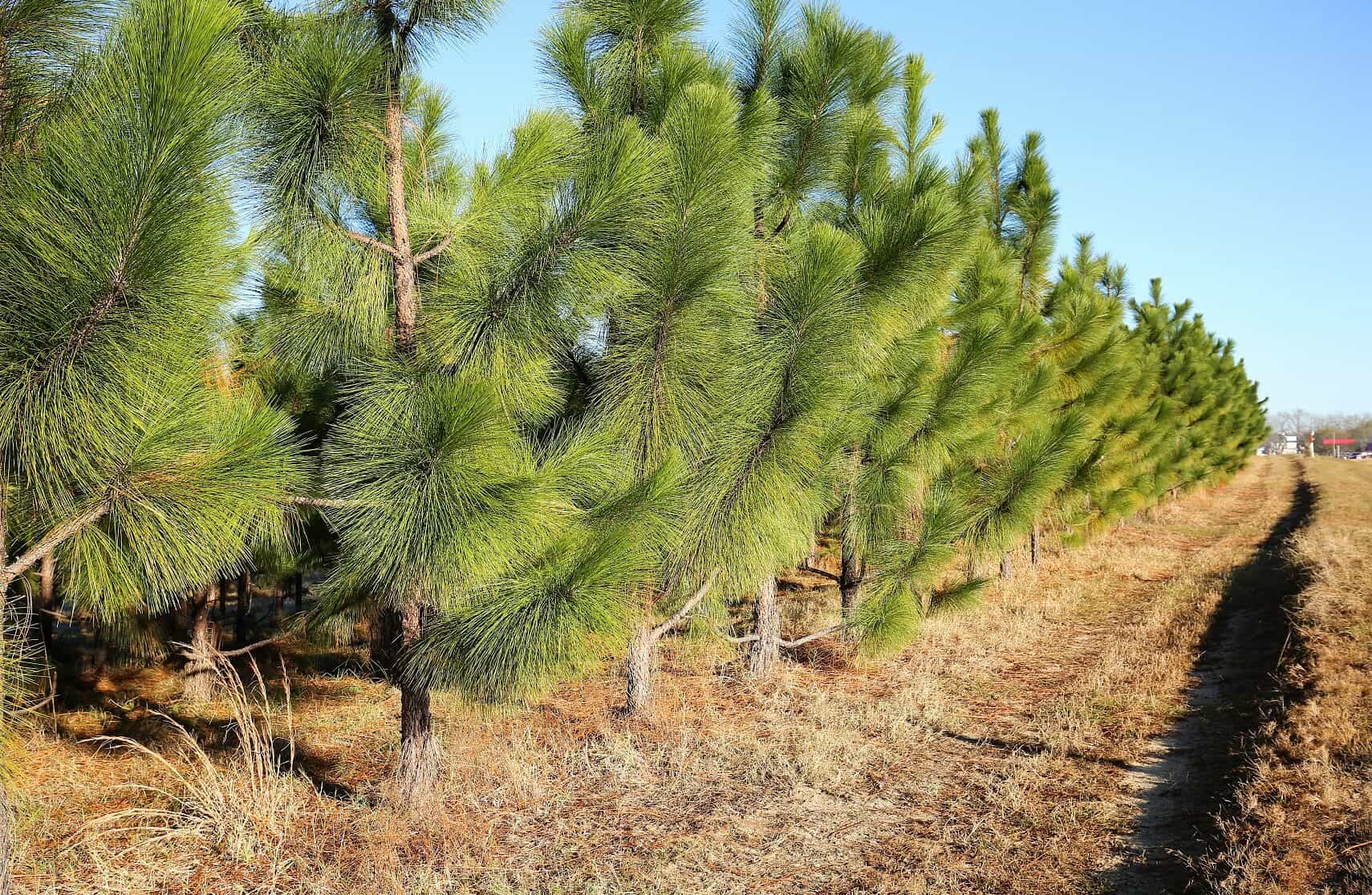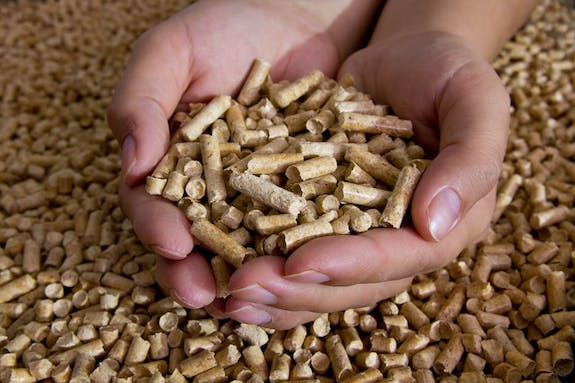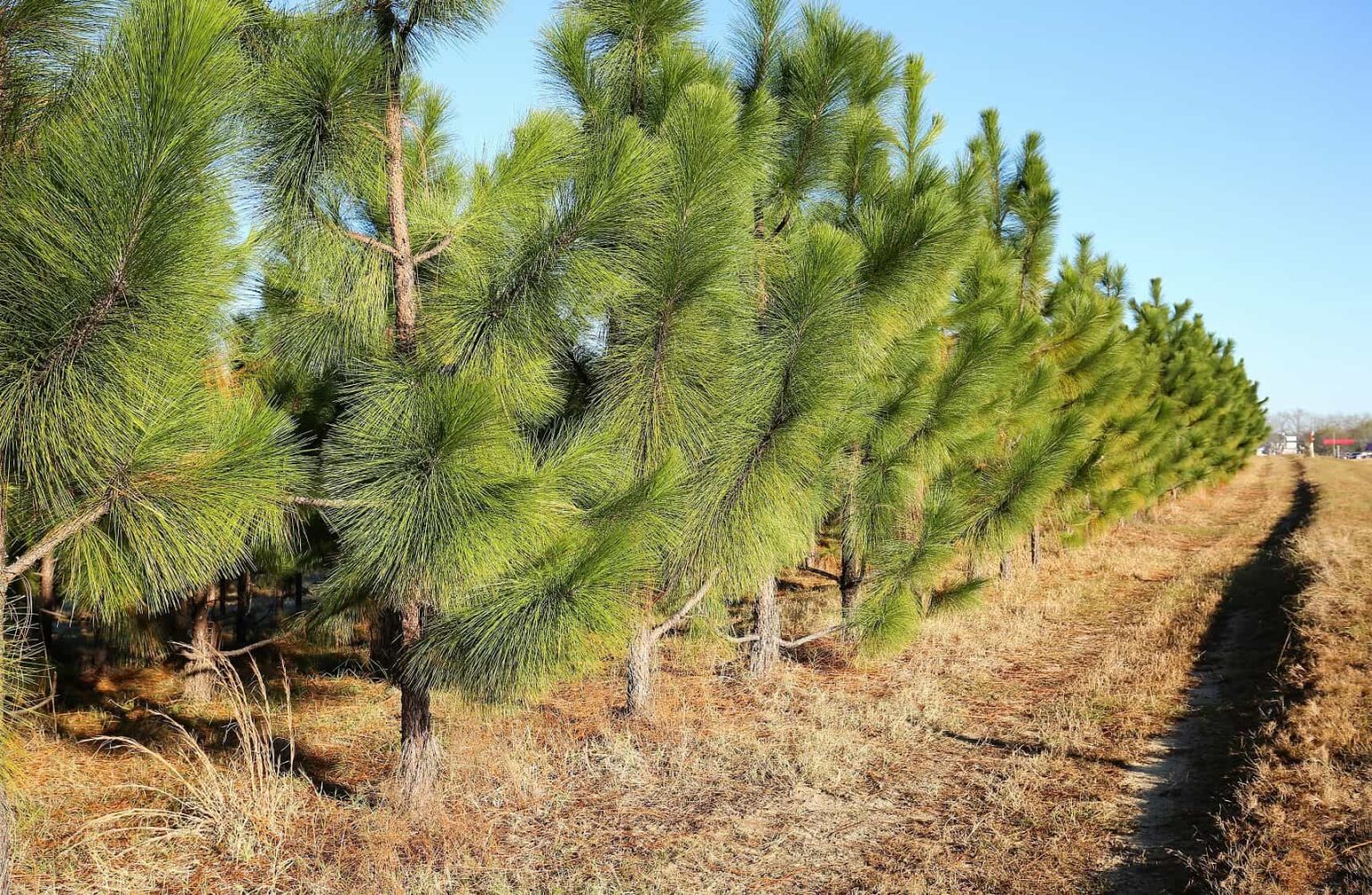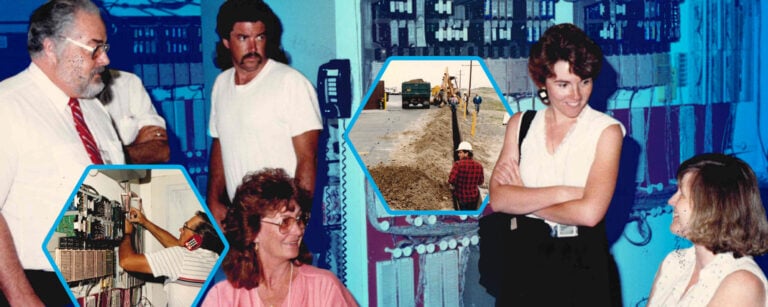It turns out that trees (or as researchers refer to them, woody biomass) can be refined to produce a carbon-rich wood alcohol that is excellent for use in high-octane fuel blends.
Lest one imagine a standoff between proponents of Dr. Seuss’ Lorax and Shel Silverstein’s Giving Tree, consider that in the United States, tree farming is a sustainable, renewable and thriving industry. Wood and wood-products are all around us, from your furniture and the studs in your walls, to artificial kidney membranes and sausage-casings!
The Department of Energy and Idaho National Laboratory are partners in the Co-Optimization of Fuels and Engines Consortium (Co-Optima) for research on enhancing fuel economy through high-octane fuel blends generated by combining biofuels with gasoline. Such fuel blends can enhance fuel economy for engines optimized for higher octane or for turbo-charged gasoline engines.
With an eye on the future of biofuels, INL researchers Patrick Lamers, Ruby Thuy Nguyen, Damon Hartley, Jason Hansen and Erin Searcy recently published the Woody Biomass Companion Markets Model (WOODCOM).
This highly detailed computer model simulates the probable impact of market dynamics and policy decisions on the growth of the biofuel sector for aromatic rich hydrocarbon or ARHC. WOODCOM can be used to aid policymakers, industrial concerns and tree farmers with the data-driven decision-making needed to foster sustainable growth in the biofuel industry.
“[WOODCOM] is trying to answer the question, ‘Under which conditions can we accommodate the growth of the biofuels market?’” said Nguyen, the INL researcher who built the WOODCOM model during her postdoctoral training.
WOODCOM relies on four interrelated modules that simulate different factors impacting ARHC biofuel production capacity in the southeastern United States.
The forest sector module quantifies the amount of wood that will be available in the future from tree farming in the southeastern United States. To make these calculations, WOODCOM uses historical data about privately owned and managed loblolly pine forests from the U.S. Forest Service’s Forest Inventory Analysis as the baseline. It also incorporates information about the harvesting practices typical of five different categories of landholders in the forest sector module.
Trees are a long-term investment. The prices and demand for timber and other wood products play a major role in farming decisions about when and how much to plant, when to harvest immature trees, or when to wait for mature trees to get the best return from timber.

“When farmers grow trees, the ultimate product is timber,” says Nguyen. “Although they have the flexibility to decide when to thin the forests and when to sell timber based on market prices, they rarely harvest timber early just because pulpwood prices are attractive.”
The second module simulates the wood products sector, examining the predicted demand and pricing scenarios for major wood products, chiefly lumber (sawmills) and paper products (pulp mills). Market pressures and costs will play a major role in the ability of the emerging biorefining industry to obtain enough wood.
While only about 70% of the tree makes it to the mills, once there, timber processing is very efficient. Only about 5% of the wood is unused. INL researcher Damon Hartley, a forestry specialist who played an advisory role in the WOODCOM project, believes that even though markets already exist for most of the forest materials, “there would be a huge benefit if material that isn’t typically used commercially could be utilized.”
The third module examines the wood pellet sector. Compressed residual wood from sawmills is often made into pellets that are used as high-density energy sources for power generation and cooking. Depending on pricing and demand, pulpwood and logging residue can also be used to produce pellets. Most pelleted wood is exported but some is used for residential heating in pellet stoves.
Because biorefining of wood to produce ARHC is much more efficient when producers start with pelleted wood than with raw mill residue, the relationship between the pellet and the biofuel markets is not just a competitive one. The WOODCOM model considers the pellet sector to be a competitive and a companion market to ARHC biorefining. Thus, the module can explore the impact on biofuel capacity if the pellet sector grows according to expected rates, or if the sector expands significantly in the out-years to accommodate demand in the biofuel market.
Because pellets are a byproduct of the timber industry, the timber supply would need to grow for the pellet sector to grow, Nguyen said.

The final module examines the biofuel sector itself. There is insufficient market pressure for the biofuel sector to grow without government incentives. By testing different incentive strategies with WOODCOM, policymakers will be able to identify actions that will best promote the growth of the biofuels sector.
The module currently compares a series of policy scenarios that could impact biorefinery capacity along with projections from the other modules on preference, pricing and availability for the different wood sources (pellets, pulpwood, logging residue, etc.) that can be used to make ARHC in order to simulate biofuel industry growth. Tuning this module to specific policy initiatives will be key to the accuracy of WOODCOM’s projections.
“We can play with the model to understand the roles of different factors in biofuel sector growth,” Nguyen said.
Because of this modular design, WOODCOM is readily adaptable to different regions, new policy directions, and the addition of new or different market pressures. Additionally, the researchers, INL and the DOE have made the computer code for WOODCOM publicly accessible through an open source software license and available online. The INL Technology Deployment Group enables the software to be released by coordinating open source licensing.
“INL has streamlined the open source licensing process, allowing researchers to make their code available publicly online,” said Ryan Bills, an INL commercialization manager. “We were able to release the WOODCOM code because of this prior work.”
By freely sharing this code, INL and the developers are allowing researchers in academia, industry, agriculture, and governments around the world to begin adapting the WOODCOM model to their own regions, emerging market scenarios and new policy development.
WOODCOM allows researchers to account for the many components and interrelationships that impact the growth of the biofuels market. The U.S. Renewable Fuels Standard sets high goals for the U.S. biofuels industry, but the policies needed to meet these targets are still being devised. We need a long-term strategy to build biorefineries and pellet factories and to plant and harvest the right quantity of trees at the right times. WOODCOM reveals that data-driven policy development is necessary to support the growth of the biofuels industry.
“It’s good to have biofuel targets but we have to look at them in connection with other markets,” said Nguyen. “WOODCOM shows us that if the demand for timber is low while demand for the byproducts is high, we won’t be able to support biofuel growth. The supply of byproducts will only be sustained when there is enough demand for the main product.”






